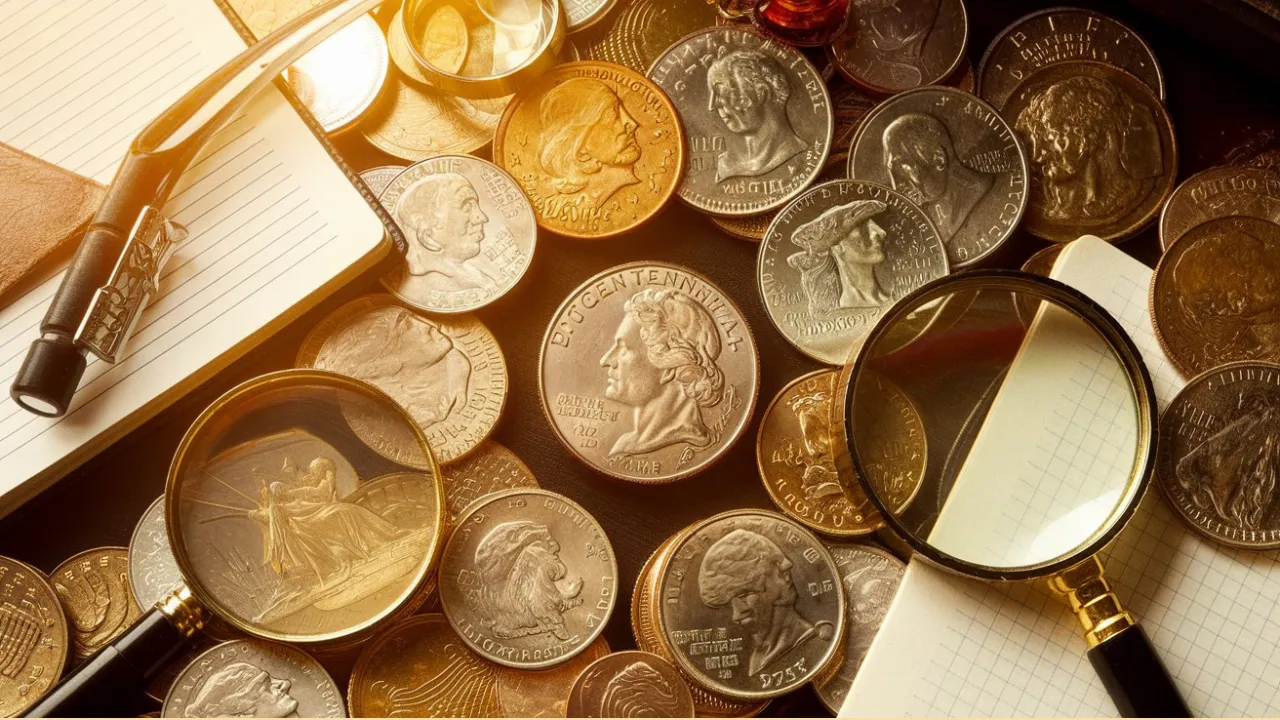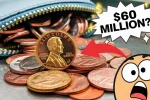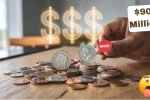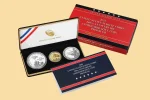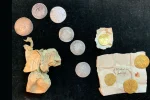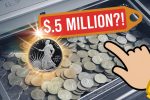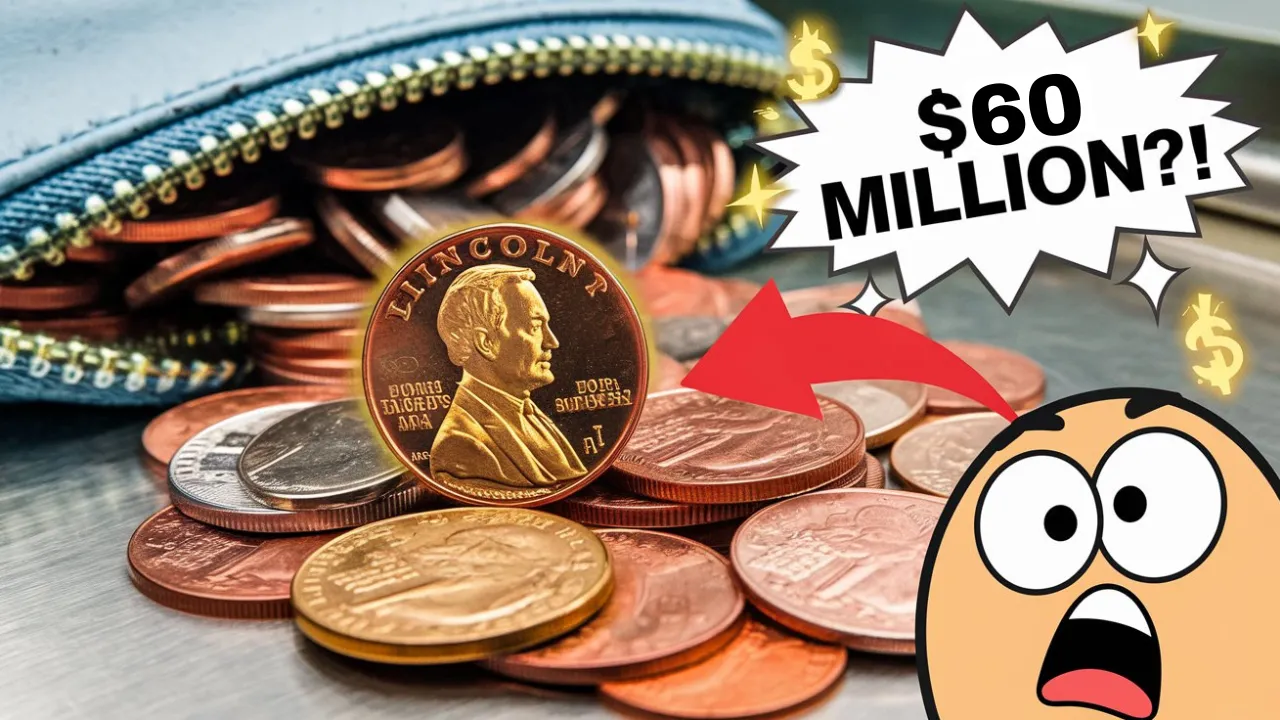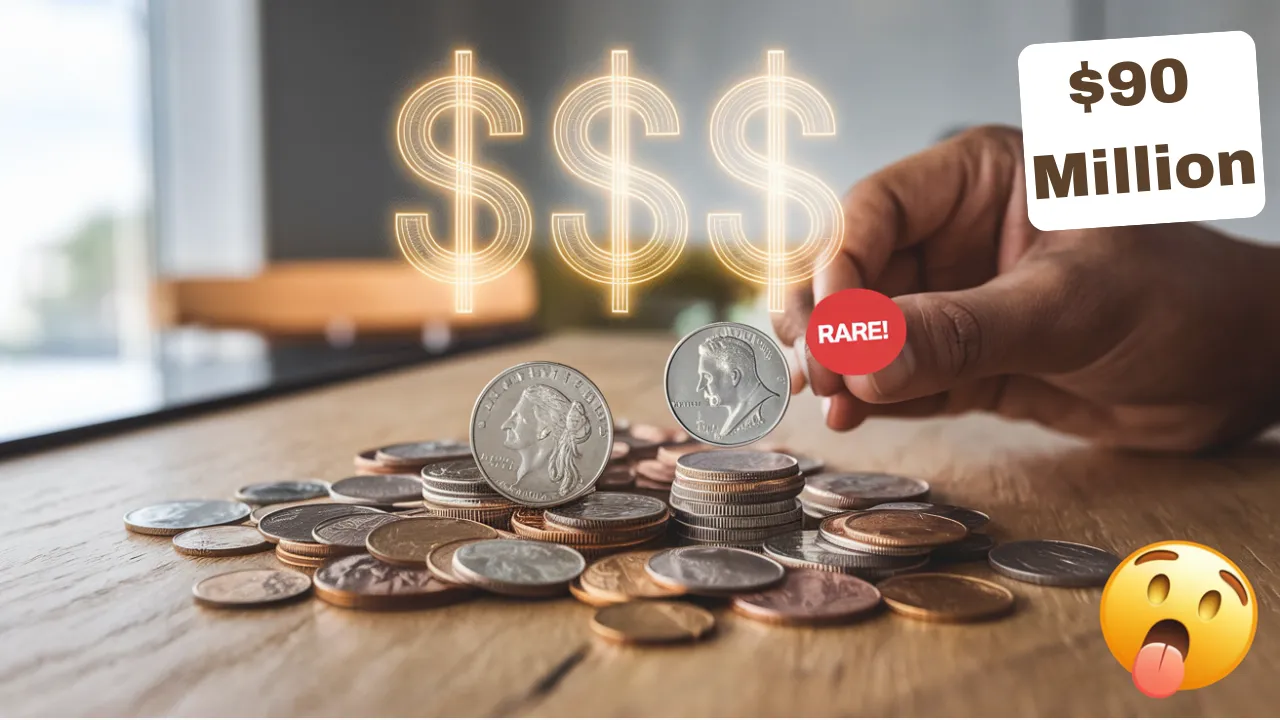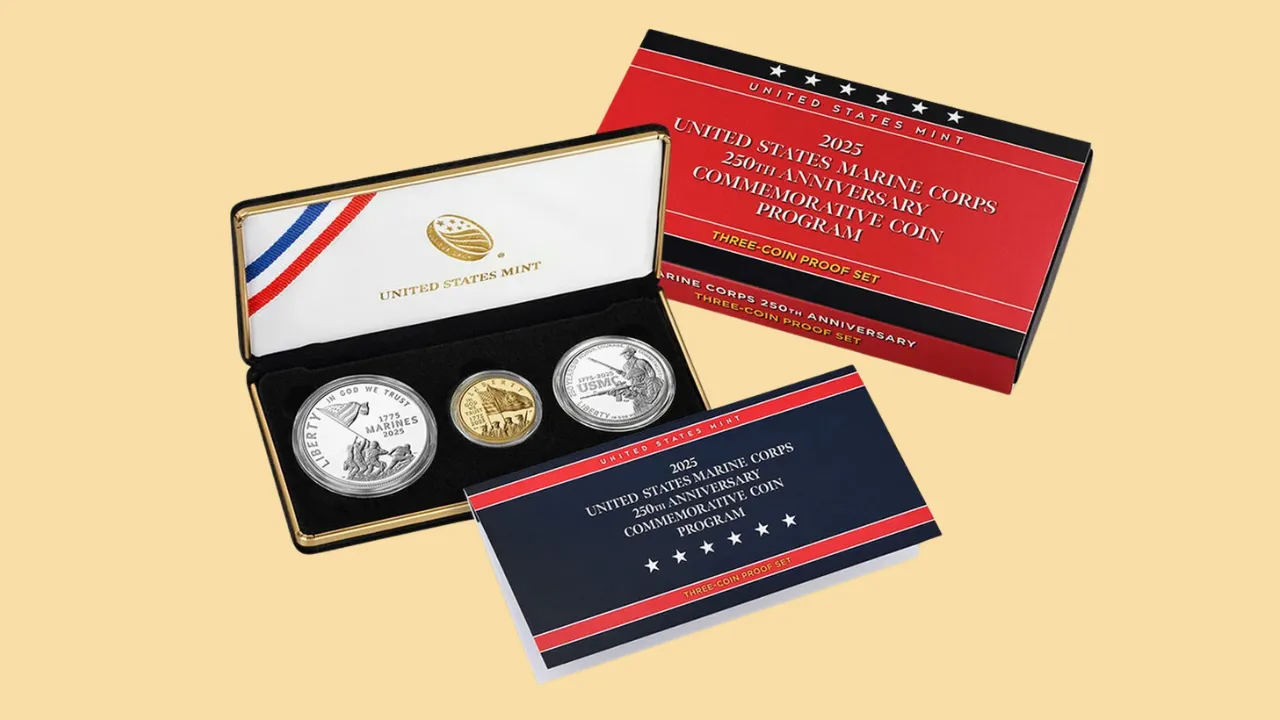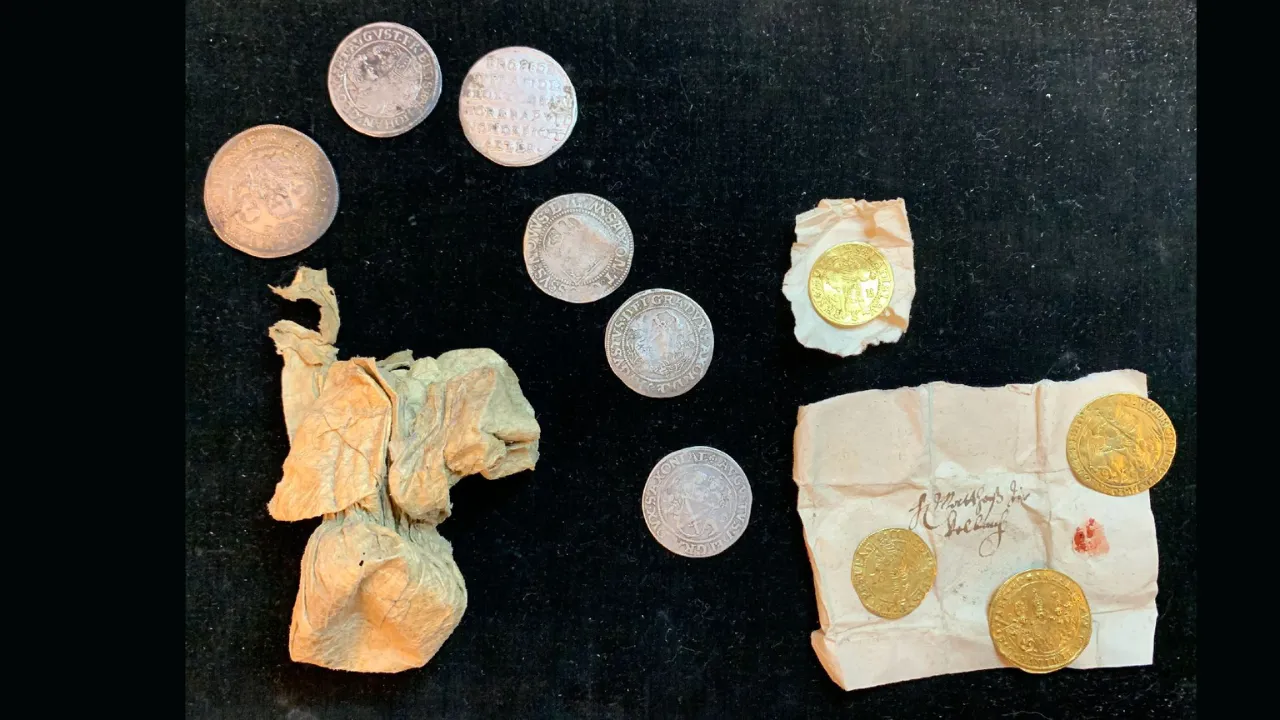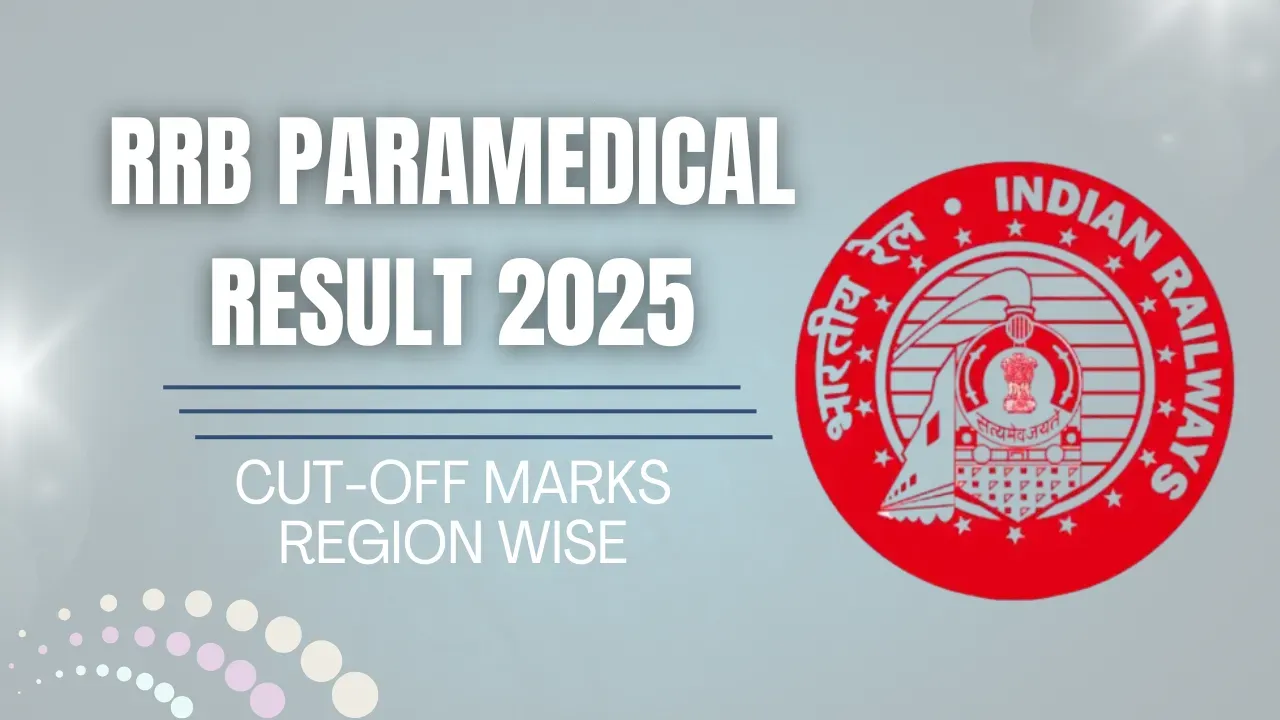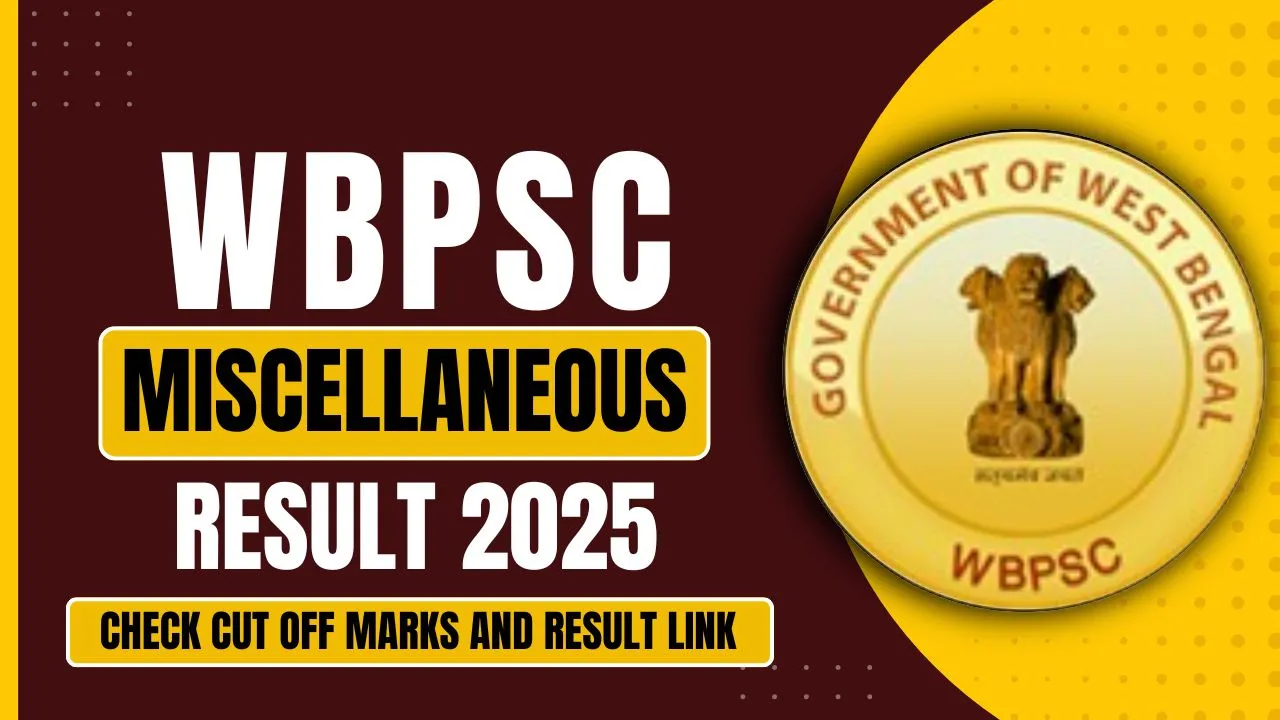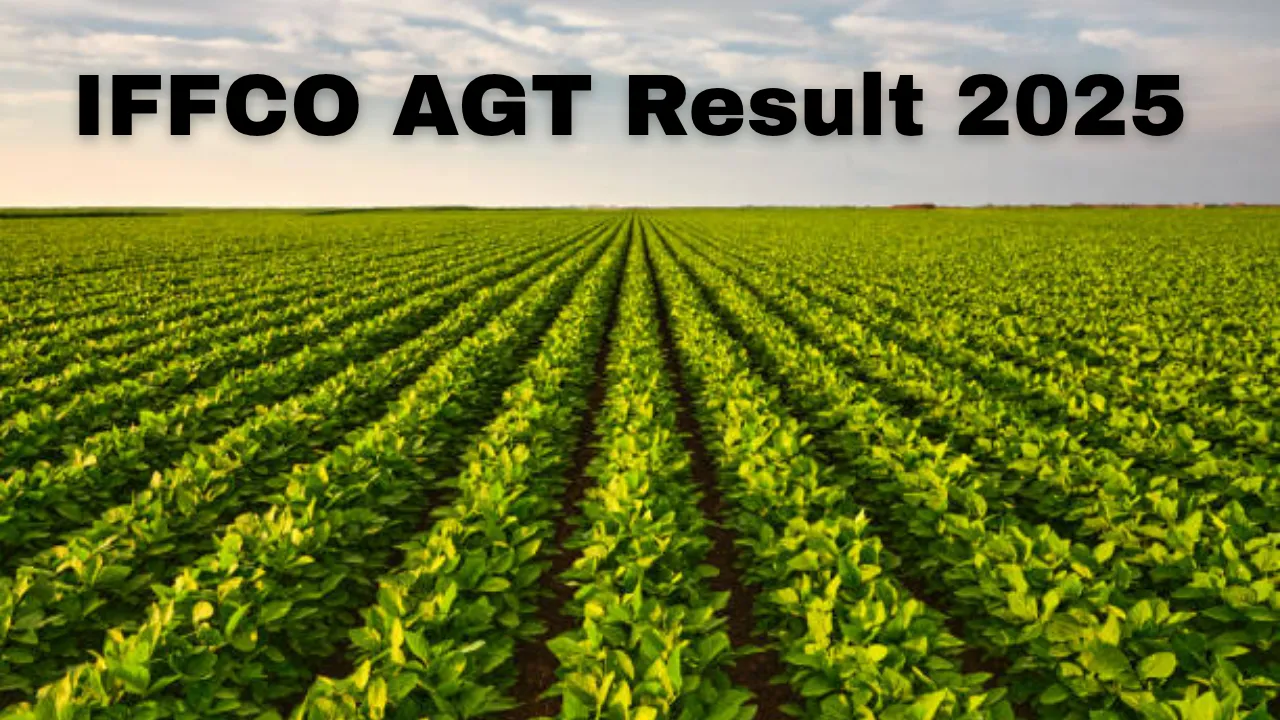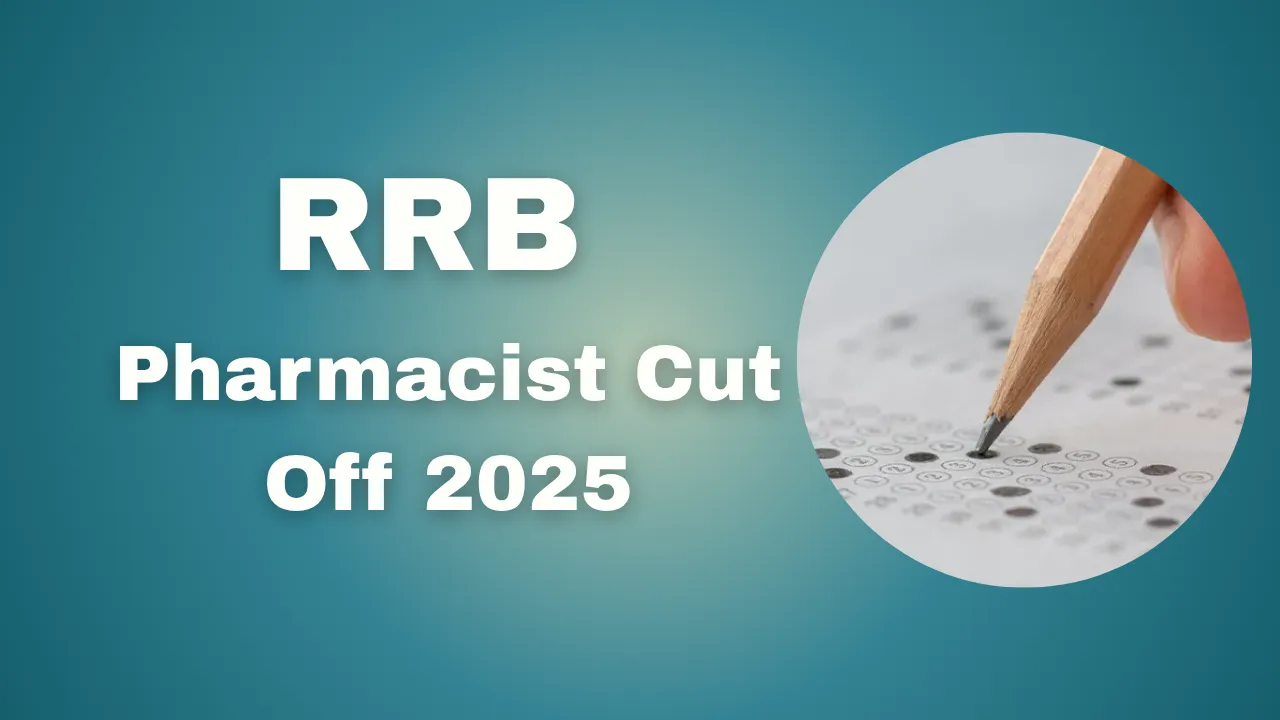Bicentennial Quarter Value: The Bicentennial Quarter Value has captured the curiosity of coin collectors and history enthusiasts alike. Issued to celebrate America’s 200th anniversary of independence, this quarter stands out with its unique design featuring a colonial drummer boy and the dual date 1776-1976. While millions of these quarters were produced, certain factors like mint marks, condition, and rare errors can turn an ordinary coin into a valuable treasure.
In this article, we’ll uncover the Bicentennial Quarter Value, its historical importance, minting details, and how to evaluate whether your quarter is worth more than face value. Whether you’ve found one in pocket change or inherited a collection, this guide will provide clarity on its significance and potential value.
Quick Overview of the Bicentennial Quarter
| Attribute | Details |
| Coin Name | Bicentennial Quarter |
| Years Minted | 1975-1976 |
| Obverse Design | George Washington’s Profile |
| Reverse Design | Colonial Drummer Boy |
| Mint Marks | No Mint Mark (Philadelphia), D (Denver), S (San Francisco) |
| Metal Composition | Copper-Nickel (Clad) and 40% Silver Varieties |
| Face Value | $0.25 |
| Current Value Range | $0.25 to $6,000+ |
| Key Rarities | Proof Coins, Silver Coins, Mint Errors |
The History Behind the Bicentennial Quarter
The 1776-1976 Bicentennial Quarter was created to honor the 200th anniversary of the Declaration of Independence. It was part of a broader commemorative coin program that included a half dollar and a dollar coin. The quarter’s design was chosen through a national competition, with Jack L. Ahr winning for his depiction of a colonial drummer boy on the reverse side.
This design symbolizes the patriotic spirit of the American Revolution and remains one of the most recognizable features of any U.S. commemorative coin. Additionally, the dual date 1776-1976 distinguishes it from standard quarters, emphasizing its historical importance.
Minted over two years (1975 and 1976), these coins were produced in large numbers, but not all of them hold significant monetary value today.
Understanding Bicentennial Quarter Variants
1. Standard Clad Quarters
The majority of Bicentennial Quarters were minted in a clad composition of copper and nickel. These were intended for general circulation and are still commonly found today.
2. 40% Silver Quarters
The San Francisco Mint produced special 40% silver proof quarters, specifically targeted at collectors. These coins are more valuable due to their silver content and limited mintage.
3. Proof Coins
Proof coins were specially struck with high-quality dies and polished surfaces, often displaying mirror-like finishes. These coins are typically sold directly to collectors and rarely enter general circulation.
4. Mint Errors
Some Bicentennial Quarters were struck with mint errors, including doubled die errors, off-center strikes, and die cap errors. These error coins are rare and highly valued by collectors.
Factors That Influence Bicentennial Quarter Value
1. Condition and Grade
The better the condition, the higher the value. Coin grading ranges from Poor (P) to Mint State (MS70). Quarters in MS67 or higher are extremely rare and can fetch thousands of dollars at auctions.
2. Mint Mark
- No Mint Mark: Minted in Philadelphia, common and typically less valuable.
- D Mint Mark: Minted in Denver, also common but condition impacts value.
- S Mint Mark: Minted in San Francisco, especially the silver proof versions, are highly sought after.
3. Mint Errors
Errors like doubled dies or off-center strikes are rare and can dramatically increase the value of a Bicentennial Quarter.
4. Silver Content
Silver Bicentennial Quarters have intrinsic value due to their 40% silver content, making them more desirable than their clad counterparts.
How to Determine Your Bicentennial Quarter’s Value
- Examine the Mint Mark: Look below George Washington’s neck on the obverse side.
- Assess the Condition: Coins with little to no wear will have higher value.
- Check for Errors: Use a magnifying glass to identify doubled dies, misaligned strikes, or unique markings.
- Consult a Coin Grading Service: Professional services like PCGS or NGC can accurately grade and certify your coin.
- Research Market Trends: Look at auction results and online marketplaces to compare similar coins.
Rare Bicentennial Quarters to Watch For
Some Bicentennial Quarters are far more valuable than others:
- 1976-S Silver Proof Quarters: These coins, especially in mint condition, can sell for hundreds of dollars.
- Doubled Die Error Coins: Depending on the visibility of the error, they can command high premiums.
- Mint State Quarters (MS67+): These coins are scarce and highly valued by collectors.
Proper Storage for Bicentennial Quarters
To preserve the Bicentennial Quarter Value, follow these steps:
- Store coins in protective holders or capsules.
- Keep them in a cool, dry place.
- Avoid touching the surface of the coin directly.
- Use acid-free albums for long-term storage.
Proper care prevents damage and preserves the coin’s value for future generations.
Where to Buy or Sell Bicentennial Quarters
- Local Coin Shops: Get professional evaluations and sell directly to experts.
- Online Marketplaces: Platforms like eBay and Etsy offer broad exposure to buyers.
- Coin Shows: Connect with seasoned collectors and industry experts.
- Certified Dealers: Trusted dealers like Accurate Precious Metals offer secure transactions and fair pricing.
Always ensure that the platform or dealer is reputable to avoid scams.
FAQs
1. Are all Bicentennial Quarters valuable?
No, circulated coins are usually worth their face value, but uncirculated, silver, or error coins can be highly valuable.
2. How can I tell if my quarter is silver?
Check for the “S” mint mark and examine the coin’s edge; silver quarters have a solid, bright silver edge.
3. What is the rarest Bicentennial Quarter?
The 1976-S silver proof quarters in Mint State (MS67+) or coins with visible mint errors are among the rarest.
4. Should I clean my Bicentennial Quarter?
No, cleaning coins can damage their surface and reduce their value.
5. Where can I get my quarter appraised?
Reputable services like PCGS or NGC are the best options for professional grading.
Final Thoughts on Bicentennial Quarter Value
The Bicentennial Quarter is more than just pocket change; it’s a piece of American history. While most quarters are only worth their face value, rare varieties, mint errors, and pristine conditions can command impressive prices.
Whether you’re a collector or just someone who stumbled upon one, knowing the true value of your Bicentennial Quarter can turn a simple coin into a prized possession.
Start exploring your coin collection today—you might just have a hidden treasure waiting to be discovered!
